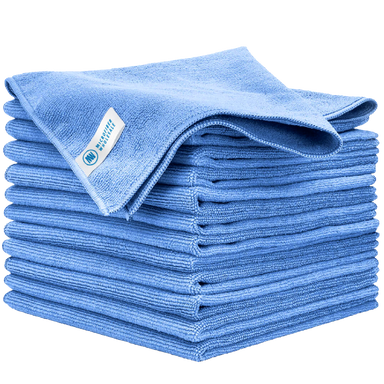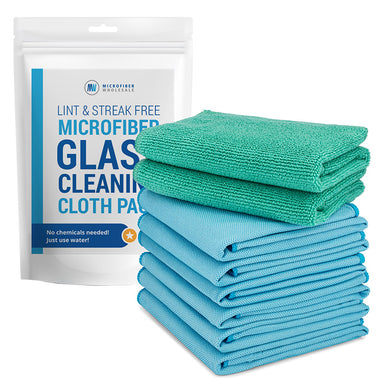Weekly Micro-Zones
Break each room into zones and tackle one per visit. For example:
-
Kitchen Zone 1: Cabinet fronts and handles
-
Bathroom Zone 2: Tile grout and edges
-
Living Room Zone 3: Upholstery vacuuming and deodorizing
Rotating through zones keeps everything fresh without overloading any one session.
Monthly Maintenance Tasks
These are deep-cleaning tasks that don’t need constant attention but make a huge difference:
Schedule these during slower client weeks or add them as value-enhancing extras.
Seasonal Deep Cleaning Anchors
Spring still plays a role, use each season as a reminder to hit the big stuff:
-
Spring: Windows, drapes, and decluttering
-
Summer: Patio cleaning, ceiling-to-floor dusting
-
Fall: Carpet refreshes, appliance detailing
-
Winter: Organization resets and sanitization focus
By layering these strategies, you ensure no corner is forgotten and no detail left behind. This methodical, tiered approach not only delivers professional-grade results but also keeps your cleaning business agile, scalable, and stress-free.
















